I’ve done some more reading and thinking on the subject and I think I have come up with a concept for reproduction that fits in the evolution of sexual reproduction and is continuous with reproduction in the Microbe Stage.This concept is a fusion of spores and budding. It helps fill in the gaps of what earlier concept was missing.
So, time for some new terminology:
A cell can either be a germ cell or a somatic cell.
-
Germ Cell - Any cell that can split itself to produce “sex cells” (called gametes), such as an egg or sperm cell. One of each type of sex cell must come together to form a new colony.
-
Somatic Cell - Any cell that is not a germ cell. They cannot split to form “sex cells” (gametes).
A cell can also either be a stem cell or non-stem cell.:
-
Stem Cell - Any cell that can split to form different cell types.
-
Non-Stem Cell - Any cell that can only split to form more of itself.
Germ vs Somatic Cells
So a cell can be either a germ cell, where they can form sex cells to form new colonies, or they can be somatic cells where they are just standard.
By default, all colonies will reproduce asexually, so no cells will be germ cells. A colony can evolve its original cell type to become germ cells. Question for discussion: Should we allow any cell type to be able to be evolved into a germ cell type, or only the original cell type? I think that for the sake of simplicity we should only allow the original type to be evolved into germ cells.
Stem vs Non-Stem Cells
A cell can either be a stem cell, where they can split to form other cell types as well, or they can be non-stem (I remember there being a word for this) where they can only split to form more of their own type.
Based off of our discussions so far, it seems like the original cell type should be stem cells and all newly created cell types will be non-stem. In other words, cells of the original type can split to form any other type, but cells of the other types can only form more of themselves.
With these definitions in mind, let’s now look at reproduction.
The original cell type is somatic and stem (can’t make gametes, can form any cell type). When the player creates new cell types, they will always be non-stem. They will also be somatic.
The player can evolve their original cell type to become germ, but not the other cell types (unless we decide otherwise in the question posed above).
Sample Gameplay
When the player first exits the microbe editor with signal agents AND binding agents, they will see their cell split. However, for the first time, the two cells will stay stuck together and will be simultaneously controlled by the player. This marks the entry to the multicellular stage. These two cells together are the original colony (each hex represents a cell).
These two cells will continue to grow and replicate their organelles and progress towards reproduction just as in the microbe stage. The only difference is, now when the cells complete a cycle of reproduction and make a new copy of themselves, the player doesn’t enter the editor. Instead, they will need ALL of the cells of their colony to duplicate themselves before they can split the colony and enter the editor. For the original colony, this means growing until it goes from 2 to 4 cells.
Once the entire colony has doubled, the colony stops growing and cannot continue to grow (Or, new cells will continue to be produced but they will break off immediately after forming). The reproduce button becomes available for the player and pressing it will take them to the Multicellular Editor (as detailed above). Let’s say that in the editor the player adds two more cells of the original type to the colony.
After exiting the editor, the player watches their colony split. In this example the four cells split into two colonies of two cells. They take over one of these new colonies. The player then grows their colony of 2 cells until it reaches 4 cells, which is the new standard size that was designed in the editor. Then it continues to grow and replicate until it has 8 cells, which is double its normal size and is the first step of reproducing.
So far, this is all based off of the budding approach and not what @hhyyrylainen suggested. The reason I think that budding is better in this part is because it is very similar to the form of reproduction before (grow bigger, then split) and is very simple. However keep reading.
Eventually, the player will develop specialized cells. When a colony starts to grow a bud for a new colony, it only grows the stem cells of that colony. Then the bud will break off and the stem cells will keep reproducing to fill in the rest of that colony. For example, say I have a colony of 5 stem cells (the original cell type) and 5 protective cells (a specialized cell type). When I start forming a bud, the bud grows 5 stem cells, then it breaks off. I take over those 5 stem cells, and they continue to grow and split to produce the remaining 5 protective cells. Now I have a full new colony of 10 cells.
So in this way the cell doesn’t bud off an entire new colony, but also doesn’t just send out an individual cell as a spore. I feel like the problem of unicellular spores, as @hhyyrylainen suggested, is that it means your stem cells have to be very well designed for surviving on their own. It also means quite slow gameplay when you first break off as a spore and have to grow an entire colony on your own.
I would call this form of reproduction partial budding, and it would be the default form of reproduction for every colony. Spores and Full Budding would be possible alternatives a colony could evolve. Spores would be @hhyyrylainen’s idea, and Full Budding would mean growing the entire new colony as a bud before it breaking off (instead of just the stem cells).
Sexual Reproduction
Eventually the player can evolve sexual reproduction. In the editor, they would edit their original cell type and make it into a germ cell. During gameplay it would look like this: The colony is swimming around. When it is ready to reproduce, the stem cells produce a gamete and release it into the environment. If it interacts with a gamete of the other type (male with female or vice versa), then they fertilize and fuse and form the first stem cell of a new colony, which the player now takes over. This stem cell grows until it has become a whole new colony.
What do you guys think of this concept?
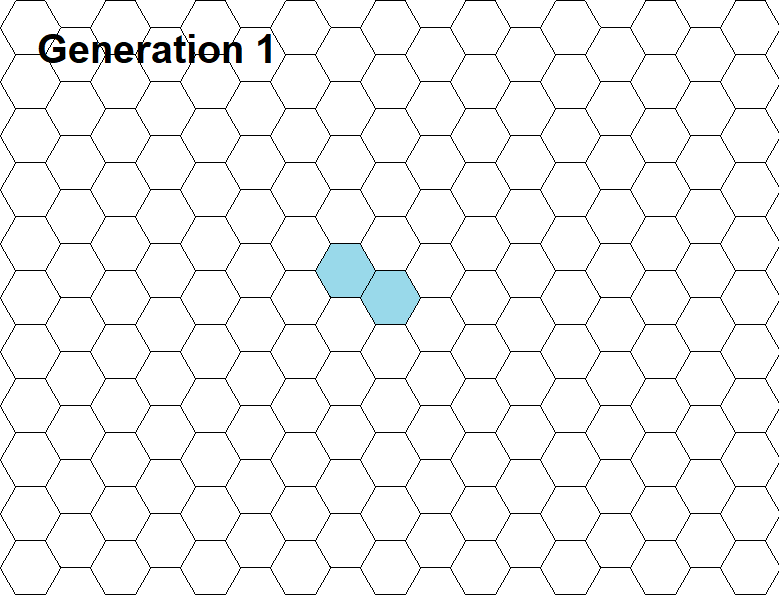
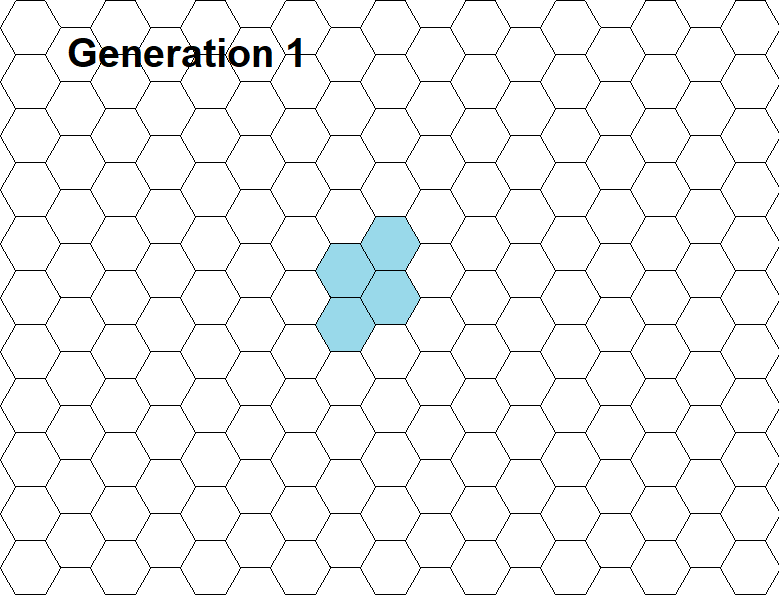
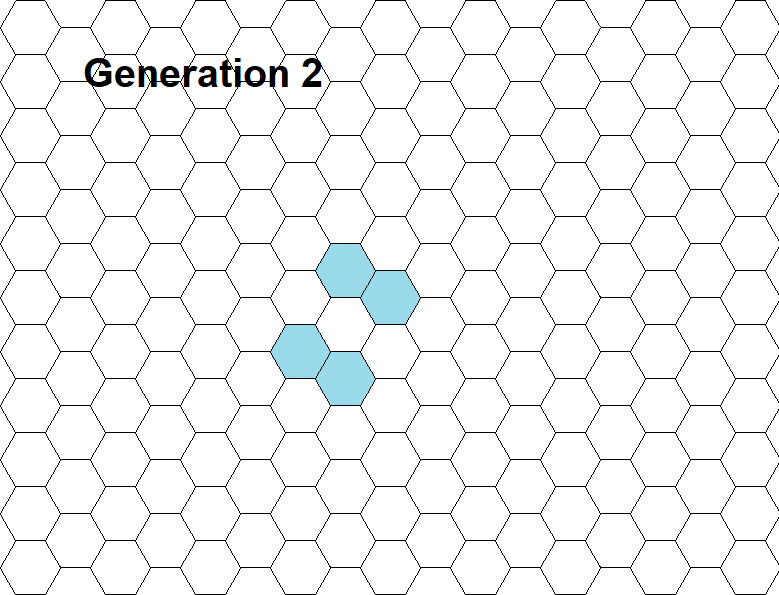
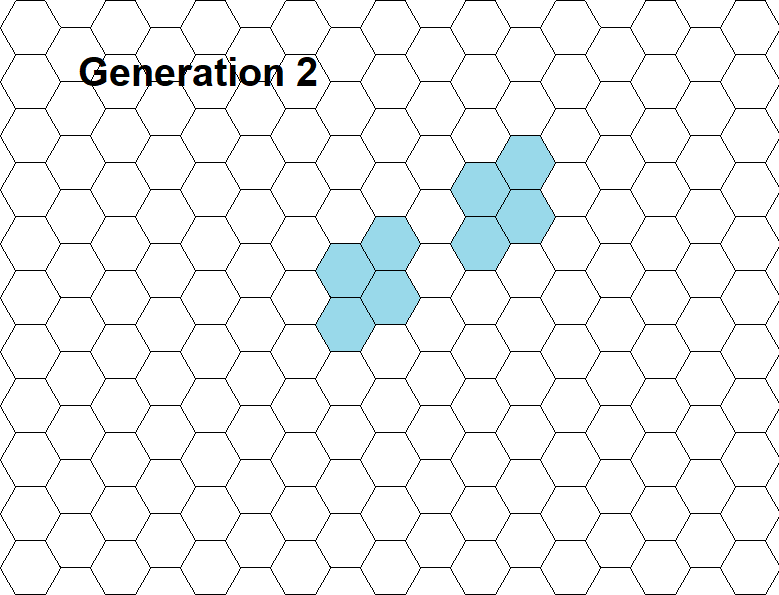
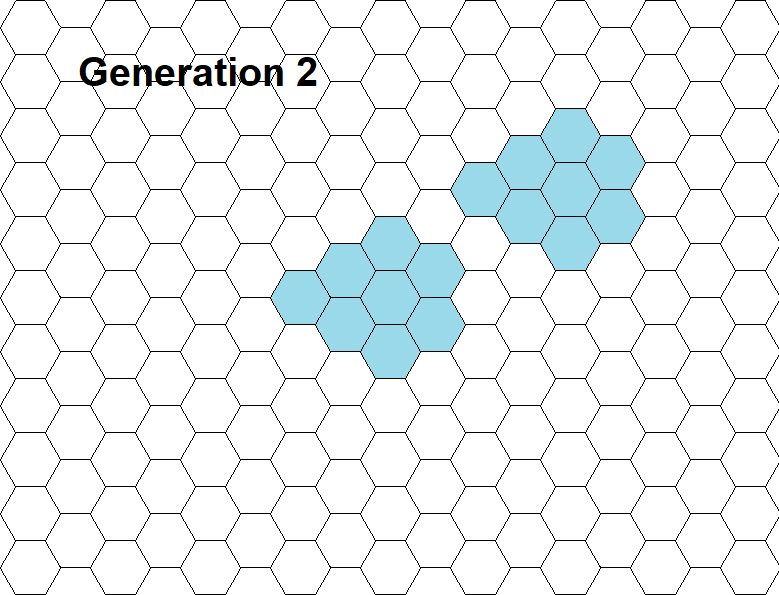
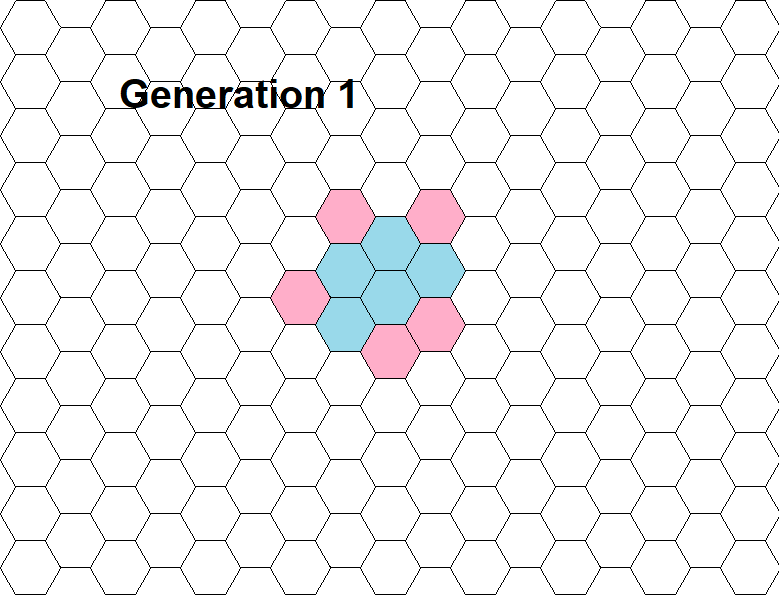
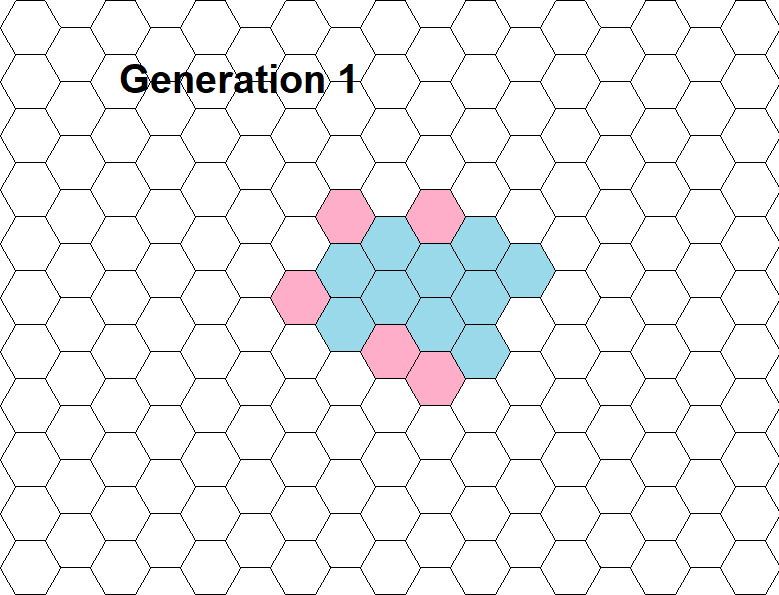
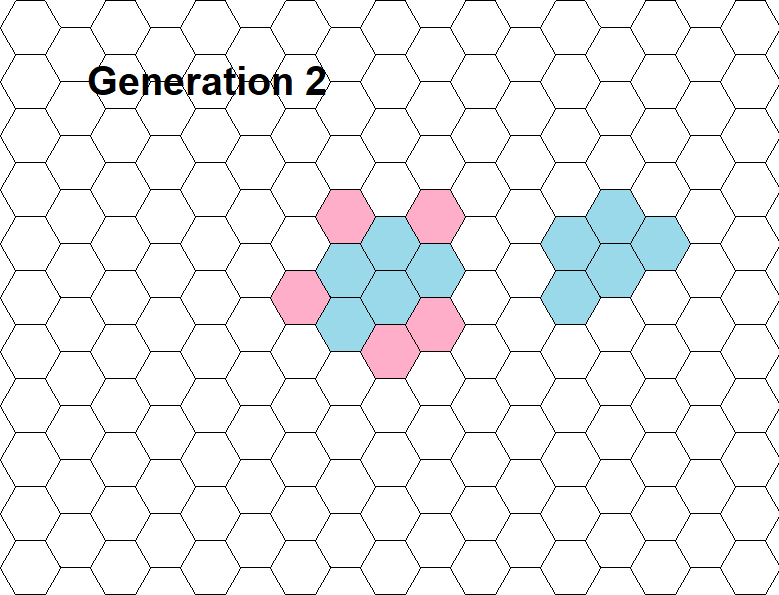
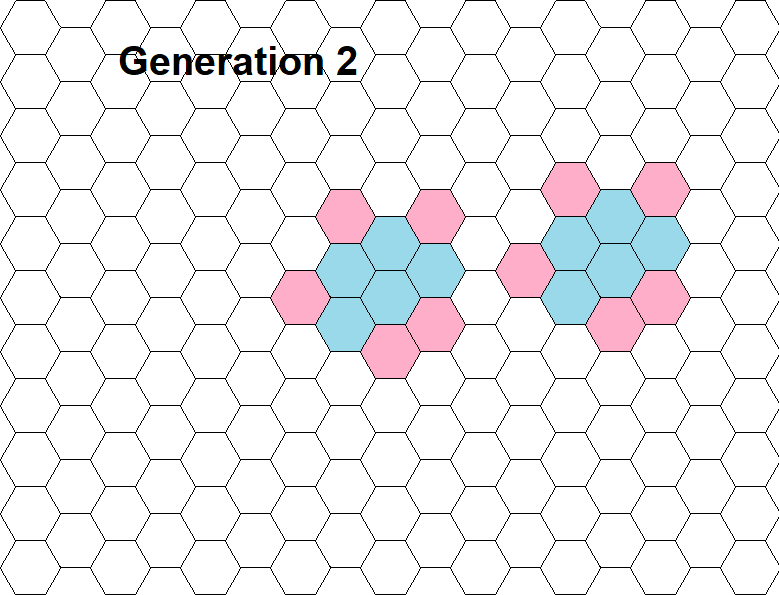
 )
)